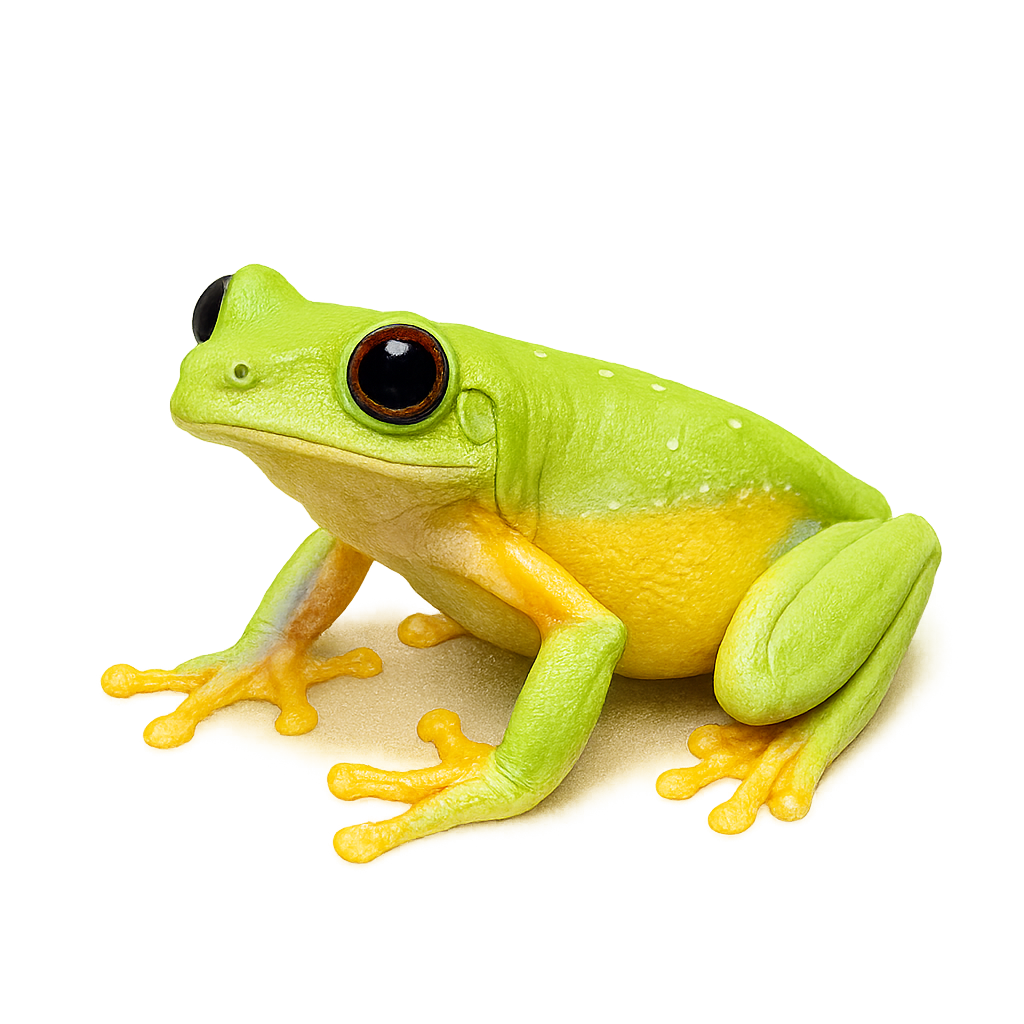Your wildlife photography guide.
Explore the morelet's tree frog in detail, study its behavior, prepare your shots.
Where to observe and photograph the morelet's tree frog in the wild
Learn where and when to spot the morelet's tree frog in the wild, how to identify the species based on distinctive features, and what natural environments it inhabits. The WildlifePhotographer app offers tailored photography tips that reflect the morelet's tree frog’s behavior, helping you capture better wildlife images. Explore the full species profile for key information including description, habitat, active periods, and approach techniques.
Morelet's Tree Frog
Scientific name: Agalychnis moreletii

IUCN Status: Endangered
Family: HYLIDAE
Group: Amphibians
Sensitivity to human approach: Suspicious
Minimum approach distance: 2 m
Reproduction period: May to August
Incubation: 6–10 jours
Births: May to September
Habitat:
humid tropical forests, riparian zones, swamps
Activity period :
Mainly active at night, generally discreet during the day.
Identification and description:
The Morelet's Tree Frog, scientifically known as Agalychnis moreletii, is a striking species of arboreal frog characterized by its smooth skin and vibrant colors. It features a bright green back and a white belly, with prominent red or orange eyes. This nocturnal frog is found in the humid tropical forests of Central America, particularly in Mexico, Belize, and Guatemala. It is often seen perched on tree branches near water bodies, where it breeds. The Morelet's Tree Frog is an endangered species due to habitat loss and water pollution. It plays a crucial role in the ecosystem by controlling insect populations.
Recommended lens:
Macro – adjust based on distance, desired framing (portrait or habitat), and approach conditions.
Photography tips:
When photographing the Morelet's Tree Frog, it's advisable to use a macro lens to capture the details of its skin and vibrant colors. Look for it at night, as it is primarily nocturnal. Use a flashlight with a red filter to avoid startling it. Be patient and quiet to avoid disturbing it. The humid tropical forests where it lives provide a beautiful natural backdrop, so incorporate the environment into your photos for a more immersive effect.
The WildlifePhotographer App is coming soon!
Be the first to explore the best nature spots, track rutting seasons, log your observations, and observe more wildlife.
Already 1 432 wildlife lovers subscribed worldwide

